Echoes of Rituals
Works
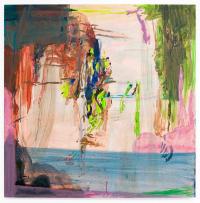
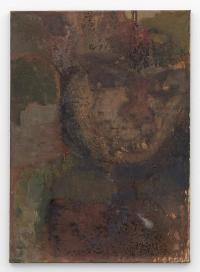
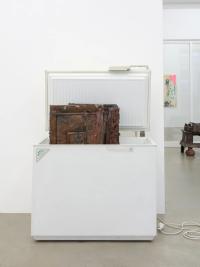




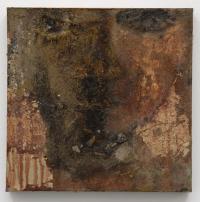

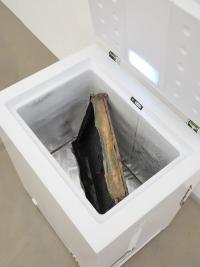
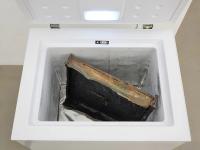
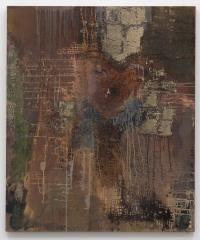
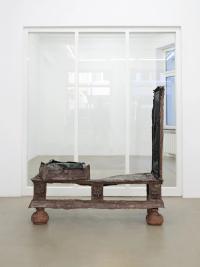


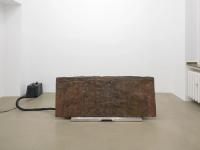
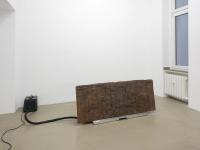
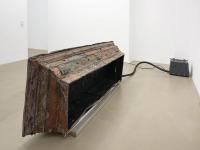
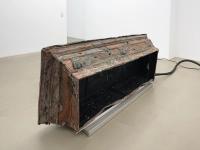
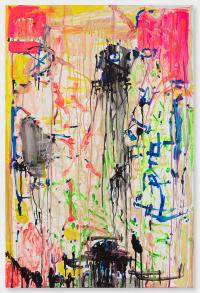
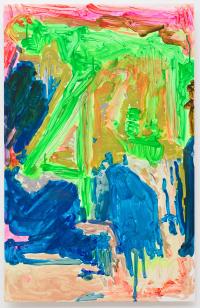
Installation Views
Press Release
Brianna Leatherbury
Hayley Tompkins
Barbara Wesołowska
In the hunt for certainty, the unknown is obscured by opinions, supposed facts and multi-layered belief systems. This is related to the addiction to language, explanations and meanings, which often creates a gap between the experience of a situation and the way we talk about it.
There is another approach — especially important in an age where information is unabashedly accessible. We don’t need to illuminate every angle or capture every detail. Sometimes it’s just a detail — something said in passing — that opens a door, brings us closer and makes us hit on the essentials. Simply something that sticks.
This exhibition brings together artists whose contributions are concise, abstract expressions: Fragments, condensed ideas. Each deals with the unknown in their own way.
Brianna Leatherbury has spent a lot of time talking to people who are invested in the capital markets, asking them intimate questions about what matters most to them. She has listened.
‘I see the personal as a window into the structural,’ she says of her artistic practice. She explored questions of legacy and longevity — particularly in the spoils of our material world— and connected them to the origins of the Amsterdam Stock Exchange, the first of its kind, and its links to Dutch colonial and trading activities.
Her question, ‘Which object would you take to your grave?’ prompted people to lend her personal items — some valuable, some not — which she then reproduced using a simple copper plating technique. She spoke of bathtubs and electricity.
The works shown in Cologne, which were previously presented at the 15th Gwangju Biennale, are formal derivations of a cabinet from the Dutch colonial period, made using the same copper plating technique.
Longevity here is a malleable state. The aim is not to preserve time, but to live better in the time that remains.
Hayley Tompkins pays great attention to detail. Her paintings are full of it — gestures, smears, drips and drops. Her work has a vibrancy, as if she is treating something inanimate with concentrated time and all the emotions in between, until it begins to resemble life — abstract as it may be.
She talks about the space between herself and the object — the artwork, the physical thing — and what happens when you spend time with it. And about how it eventually ends, fades and withdraws. She didn’t call it a tragedy, but it sounds like one.
Tompkins is concerned with intimacy — not just closeness, but also the tension between connection and disconnection. She often works on several paintings at once, searching for a feeling that is both carefree and finely attuned. A bit untethered. What will happen next?
The result is a visual alphabet that is all her own. She focuses on the behavior of color — its movement, its shifts, how the colors mix and settle. For her, color is neither a tool nor a medium. It is the subject. That is why she moves her panels between the floor and the wall and lets the paint do what it wants — drip, mix, misbehave.
The result is vivid, but not always joyful. Sometimes the works are harsh, even glary. Gaps remain — not always visible, but present. A kind of residue: the artist’s experience, the behavior of the material and what remains when things have calmed down.
Barbara Wesołowska’s paintings unfold like acts of remembrance. They are shaped by personal and collective memory and influenced by a long engagement with psychoanalytic theory. She describes her process of concealing, superimposing, erasing and revealing— as ‘correcting errors in a series of accidents.’ The emotional tone is deliberately chosen. Each painting emerges gradually, as if it had been unearthed.
In more recent works, her figures begin to dissolve into their surroundings, as if immersed in a subconscious terrain. She has previously explored Lacan’s idea of triangulation — a third presence introduced to break the closed loop of the mother-child dyad. This logic remains. Her paintings contain tenderness and discomfort within the same frame. Echoes of Catholic rituals — their symbols, rhythms and silent demands— appear everywhere.
Wesołowska, who grew up on an ecclesiastical island and whose life was once paced by litanies and rosaries, now revisits these forms with clarity and care. Her figures move between states — mother and daughter, saint and sinner, protector and witness. They blur, overlap and hold on to each other.
Instead of dissolving, her paintings maintain the tension. A visual language of contradictions that does not attempt to explain, but rather to prolong the life of the image— so that seeing remains possible.














